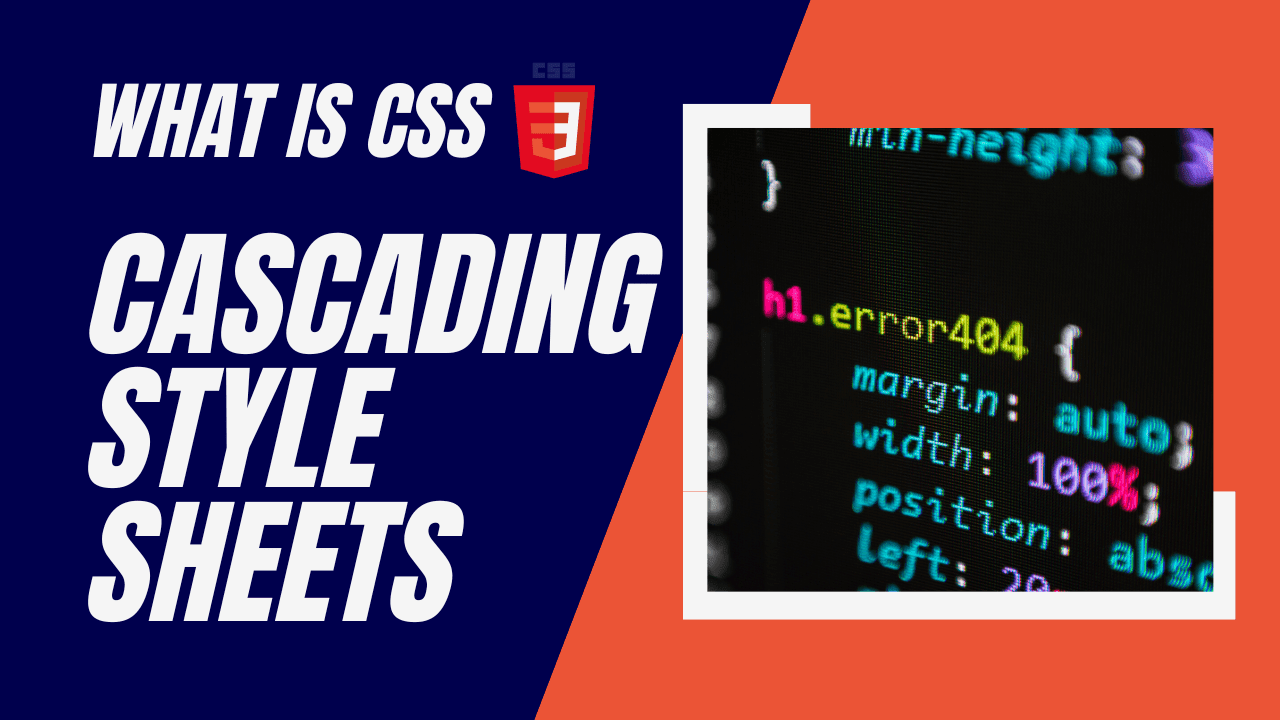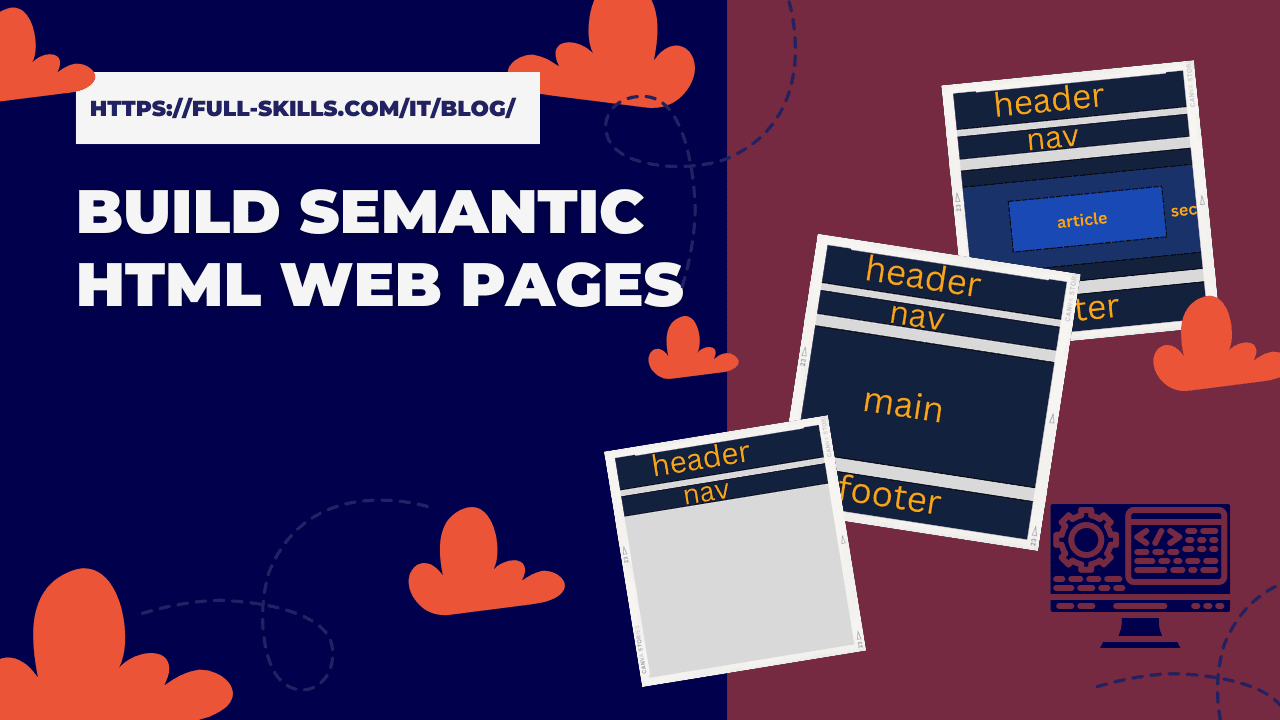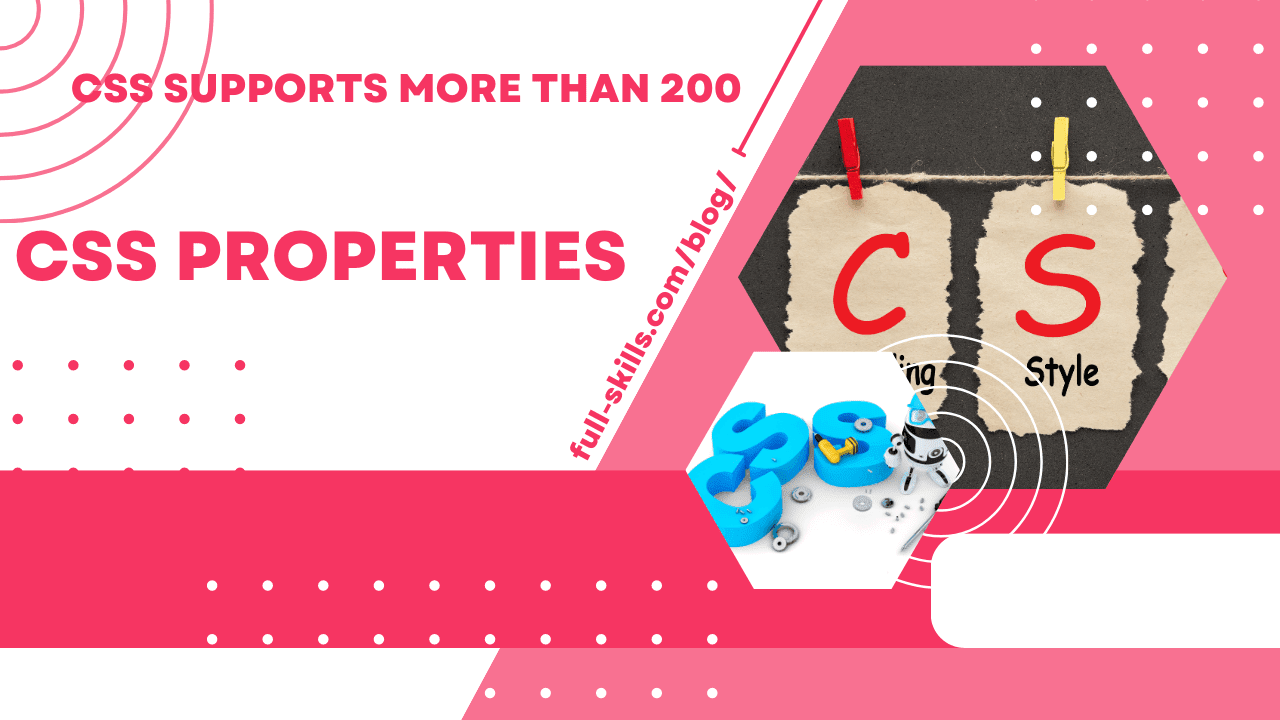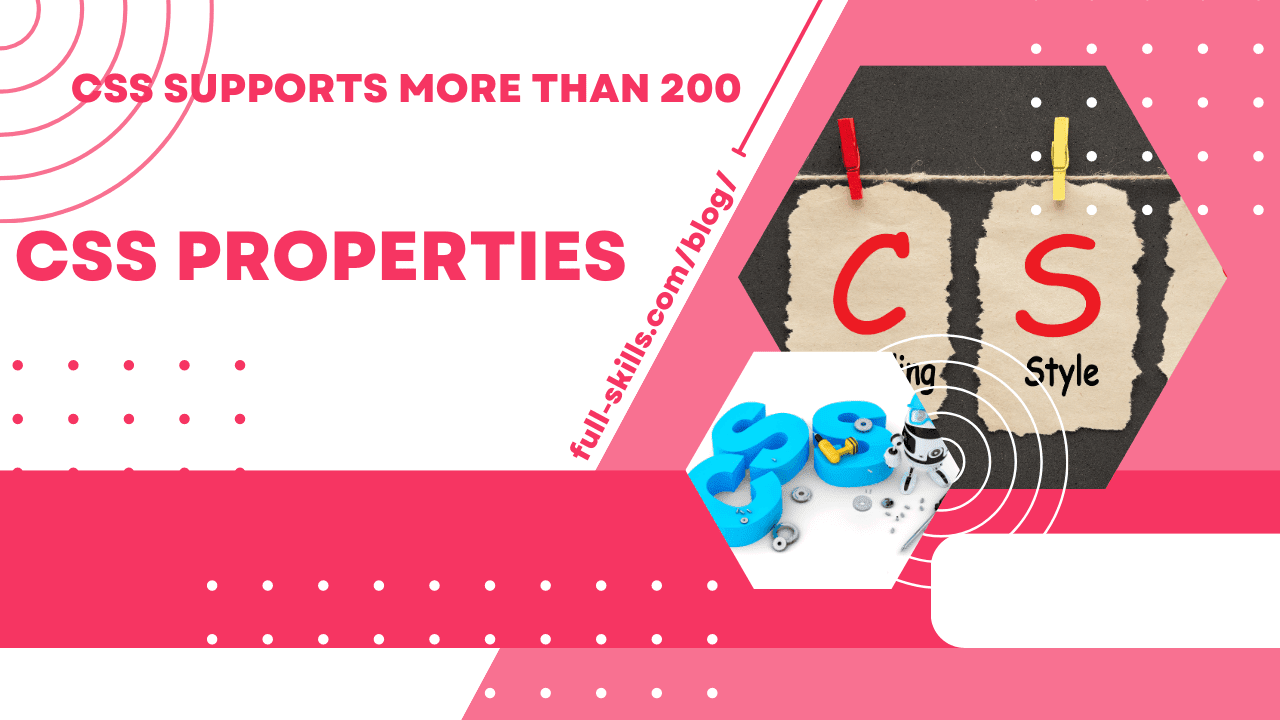Introduction
CSS is The style sheet language used to describe the look and formatting of web pages. CSS can be applied to HTML documents to control the appearance of HTML tags, including text, fonts, colors, spacing between elements on the page, and more.
The most common way to apply CSS is using a style sheet with a .css file extension saved in the same folder as your HTML document. This article will give access to a valuable introduction to CSS.
Introduction to CSS
What is CSS?

CSS stands for Cascading Style Sheets. It is a style sheet language used to describe the presentation of a document written in markup language.
The CSS syntax is designed to be more flexible than HTML and XHTML, especially in terms of the layout of documents.
The best way to think about it is as a way to control the appearance of your content on the web. You can use it to define colors, font families, backgrounds, and more we will see in the introduction to the CSS article.
CSS and web development

CSS is a language used for web development. It is a way of styling the content on a website to make it more appealing and easier to read.
The CSS standard includes properties that define fonts, colors, spacing, size, and other aspects of how the text should be displayed on a web page.
CSS is not intended as a programming language and cannot be used to generate content dynamically or respond to user actions.
CSS to style a website

There are many additional ways that people use CSS, but they all have one thing in common: they all require an understanding of CSS syntax and how it works.
The most basic form of CSS syntax is the selector, which tells the browser what HTML tags you want to apply styles to.
What is the Box Model in CSS?
The Box Model is a way of describing the content of an HTML element. It is a set of properties that tell the content’s dimensions and position in the browser window.
The Box Model has four parts: margin, border, padding, and content. Margin is the space outside an element’s border.
The border is the line around an element’s padding and content. Padding is the space between an element’s border and its content; it can be thought of as extra room inside the box.
Content refers to what you see inside a box—usually text or images.
Positioning using CSS
CSS positioning is an excellent way to position elements on a webpage. It is also the only way to position elements on a webpage using CSS instead of HTML tables.
Static position
The static position is the default position of an HTML web page. The top, bottom, right, and left proprieties do not affect the static position.
The element is constantly positioned according to the normal flow of the page. The elements are in order as they occur in the document.
The static position is one of the most widely used CSS positions. It is often used for content that does not need to be moved or animated, such as a logo or advertisement banner.
Relative position
An element with a relative position is positioned relative to its normal position. In other words, all components are positioned relative to their normal position.
Absolute position
An element is positioned entirely to its first positioned parent. You employ the positioning attributes top, left, bottom, and right to specify the location.
Fixed position
The element is positioned corresponding to the browser window. CSS fixed position is a CSS property used to lock an element to the browser window.
A fixed position element does not move when the rest of the page is scrolled. The concept is useful for elements that need to stay in a specific location on the screen.
Sticky position
CSS Sticky position is a property that allows an element to be fixed to the top of the browser window. This can be used for navigation, advertisements, and other types of content.
Here are some use cases of sticky position:
- A navigation menu that stays at the top of the screen as you scroll
- A banner advertisement at the top of a website
- A call-to-action button that stays visible on a page
Some basic rules as an Introduction to CSS

CSS is a style sheet language that defines how to display text and other web content. It is composed of selectors, properties, and values.
The following are the basic rules of CSS. Take them as an Introduction to CSS.
- To apply CSS to a webpage, you must use the “style” tag in the head section.
- You can use an external style sheet or embed it into your web page.
- The properties are written inside curly brackets {}, for example {border: 2px solid black}.
- Values are enclosed in quotes and placed after the property, for example {background: ‘# ffffff’}.
Conclusion

CSS is a language used to style and lay out web pages. It is a declarative language, meaning it does not use instructions like “do this if the condition is true”.
It uses properties and values to specify how HTML elements should look like. It was an Introduction to CSS, and we will learn more about CSS.
